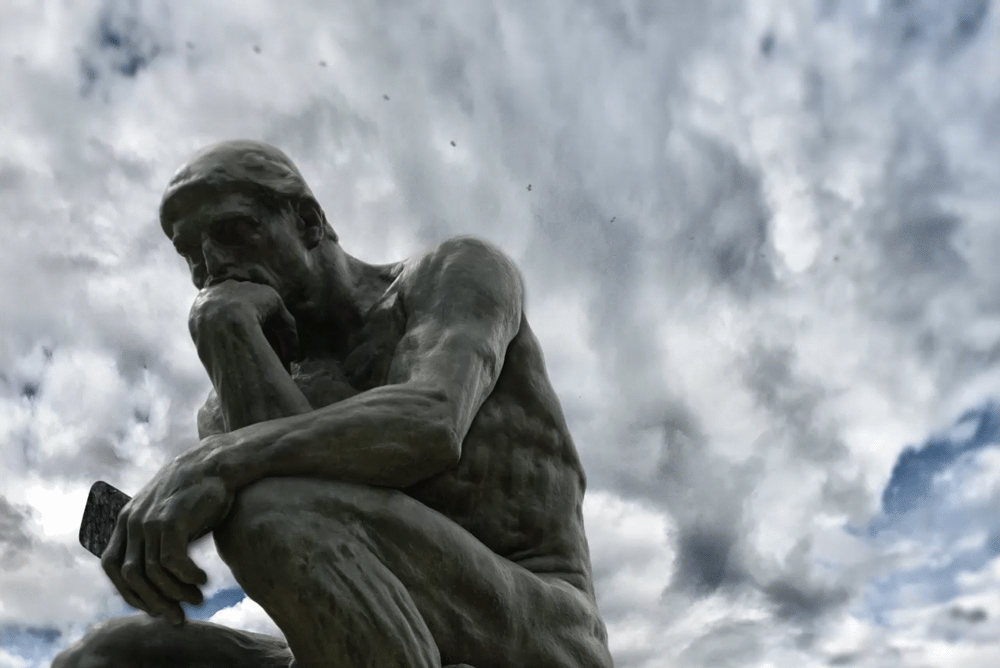Sports have always brought people together. That’s a big reason that they have been so popular for decades.
But in our ever-polarized world around political lines, sports have taken a hit. Whether it involved NFL players taking a knee during the national anthem or NBA players supporting Black Lives Matter, sports and sports journalism have become increasingly political the last few years.
Baseball, and specifically the Los Angeles Dodgers, became the focus of controversy over the last two weeks when the team invited, then un-invited and then issued a welcome once again a group known as the Sisters of Perpetual Indulgence, a well-known San Francisco group of queer and trans people dressed as nuns at the team’s annual Pride Night on June 16.
As many noted, there’s no way a sports franchise would have given this kind of salute to a group of traditional Catholics opposed by cultural progressives, a group like the Little Sisters of the Poor.
What took place during this entire saga is a series of predictable news-media coverage twists and turns guided by professionals who, it appears, saw this issue from their own left-right vantage points. Modern journalism is often criticized for building narratives and reading minds rather than reporting facts and interviewing both sides. This story fit that mold.
While the news coverage lacked voices from both sides in this debate, most of the reports also lacked another very important term — anti-Catholic.
Are these “nuns” anti-Catholic? It certainly depends on which side of this debate you are on and many news outlets made that clear and, thus, ignored citizens whose views were found to be heretical, in terms of current newsroom dogmas.
Take, for example, the Los Angeles Times feature that ran on May 25 that included a photo shoot with the “nuns.” Here’s how that piece opened:
Ask the L.A. Sisters of Perpetual Indulgence why they decided to join the order of drag nuns, and most of them will tell you it’s because they felt the call.
Sister Tootie Toot (glitter green lips, dark beard, emerald cocktail dress) felt it like a ton of bricks when she walked into a leather bar where several sisters had assembled.










